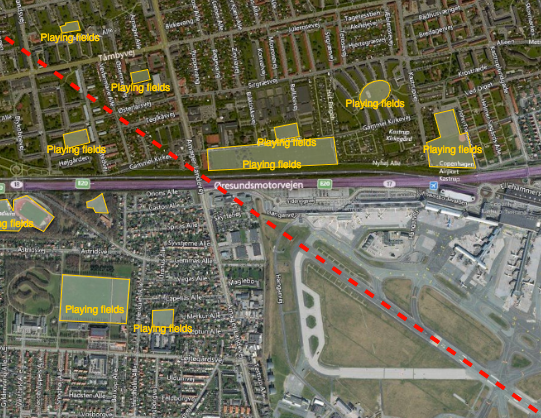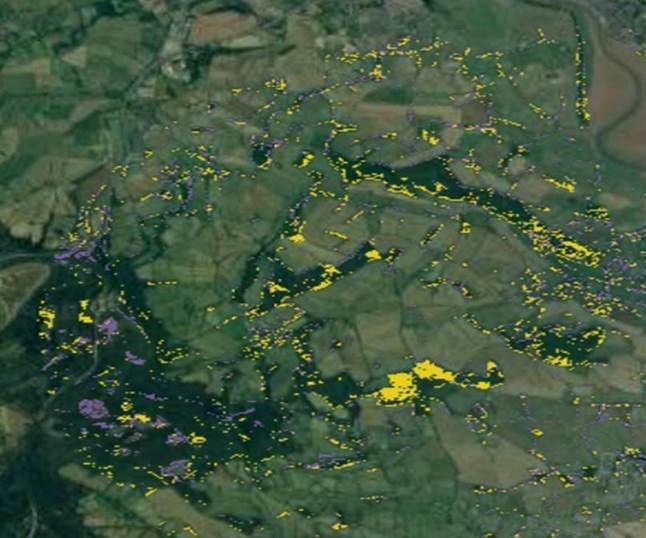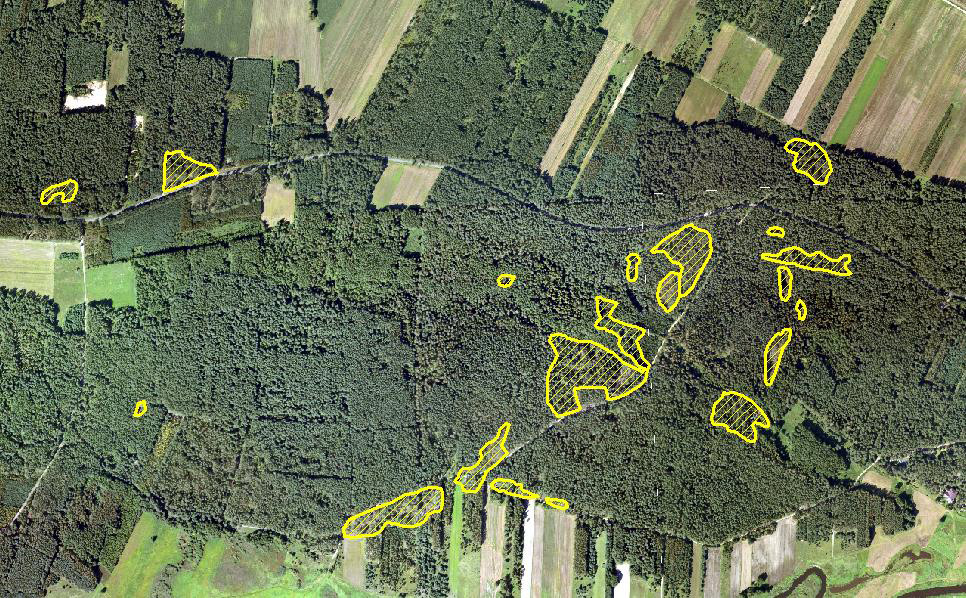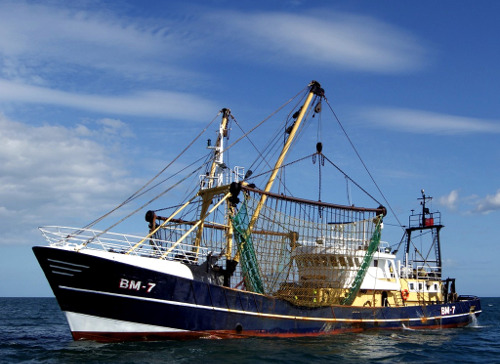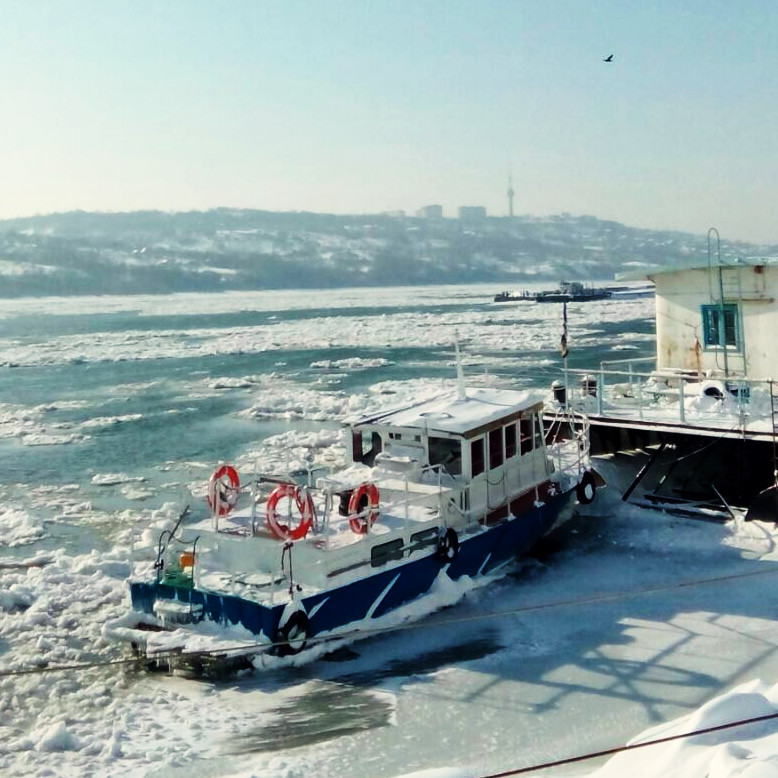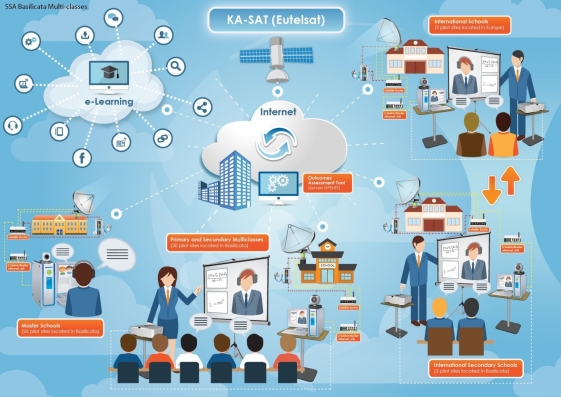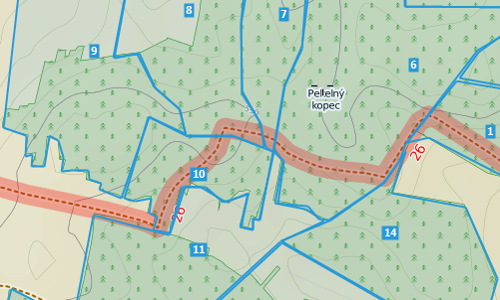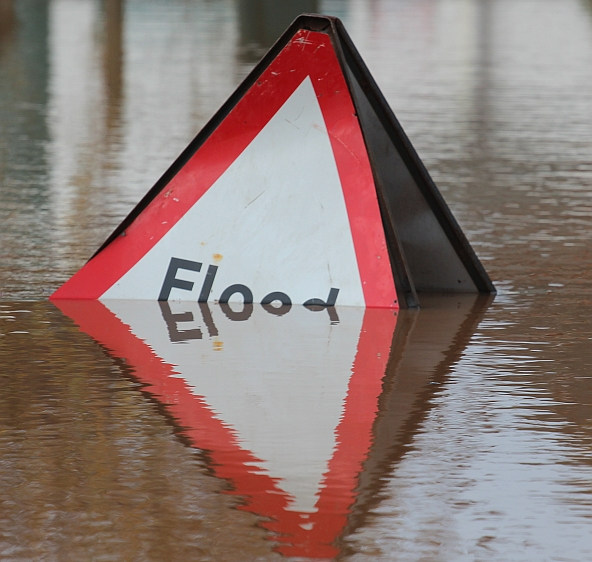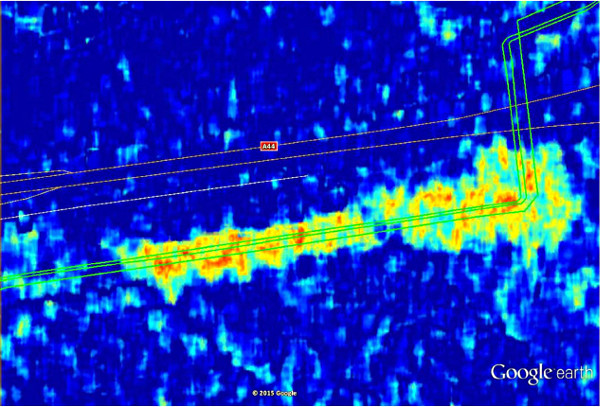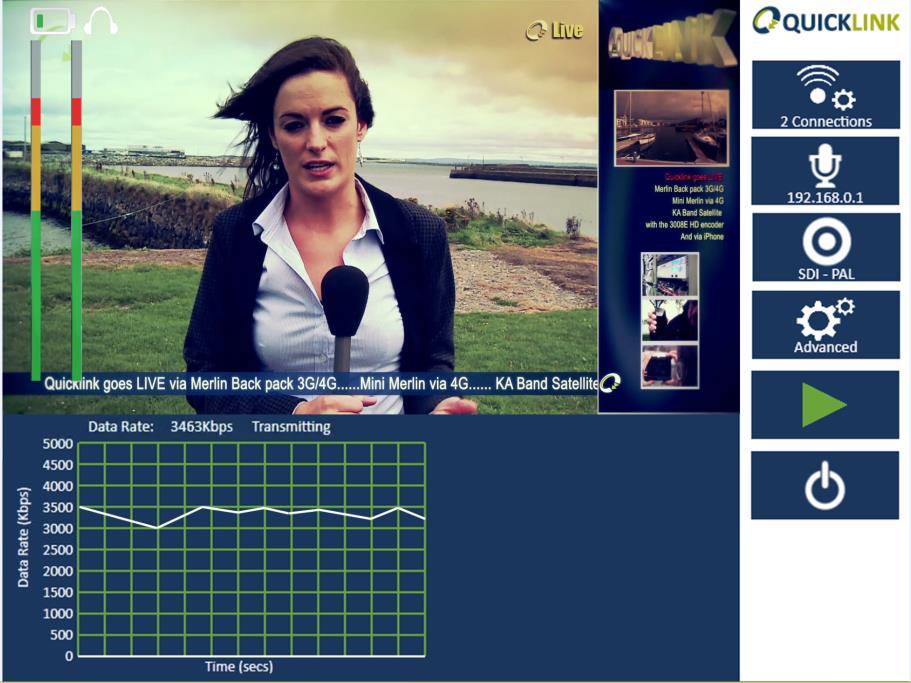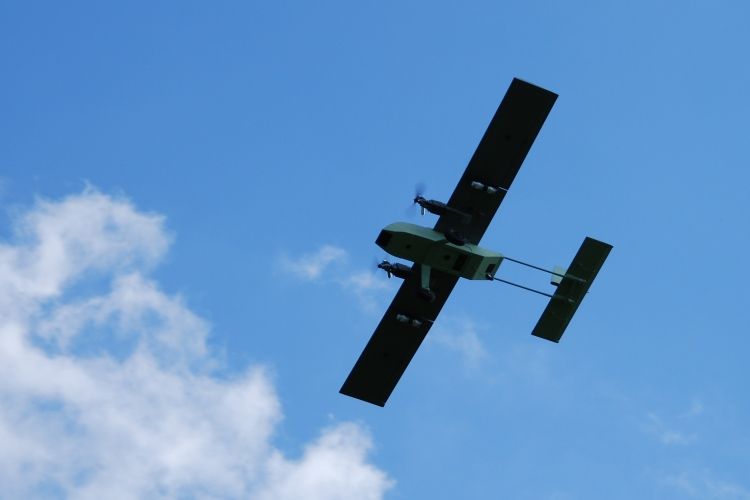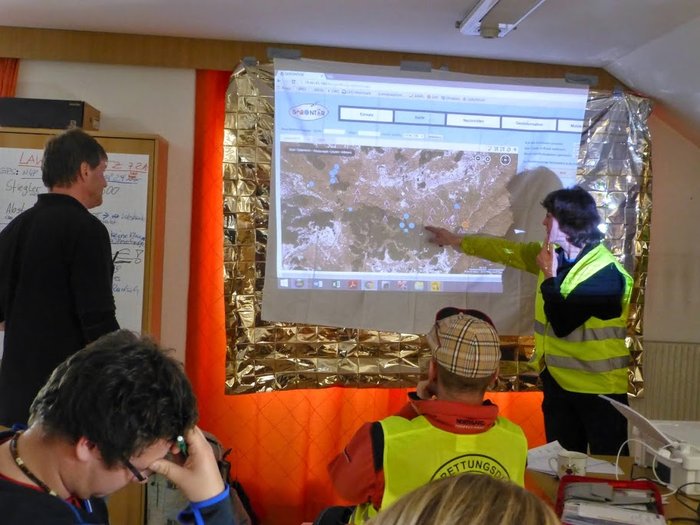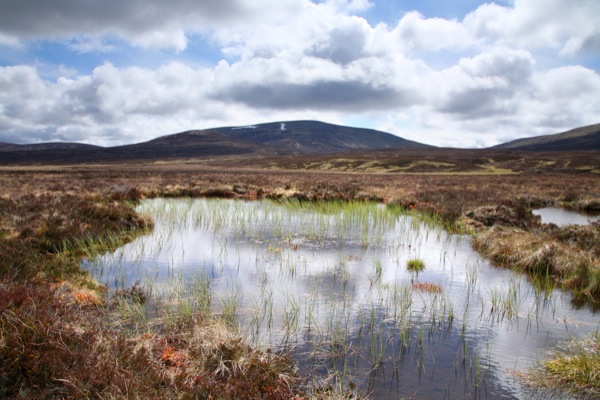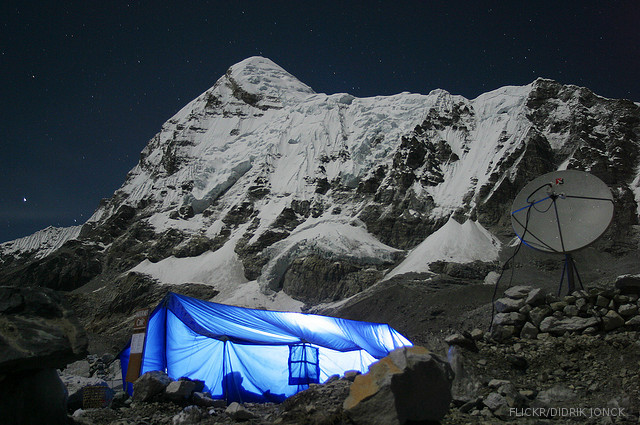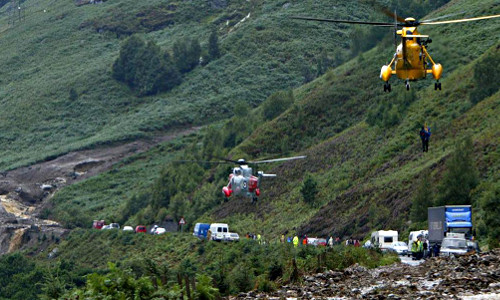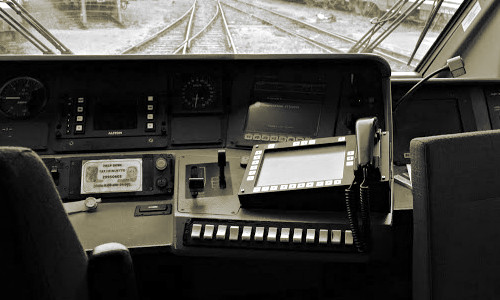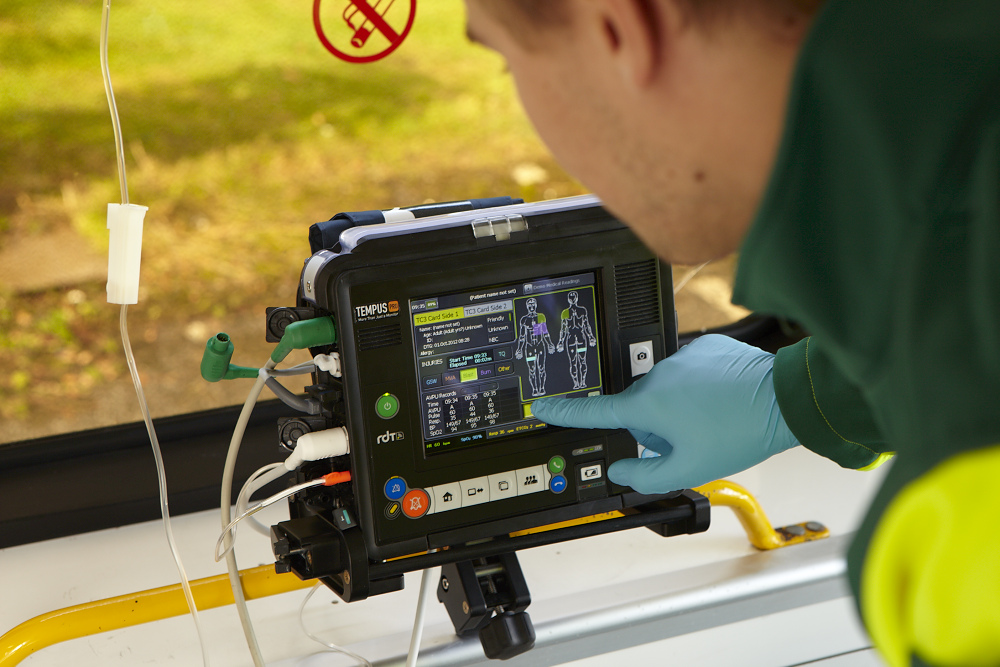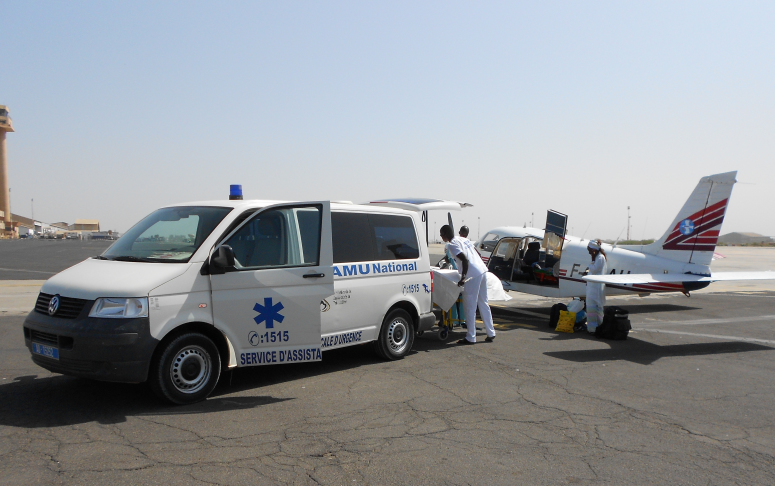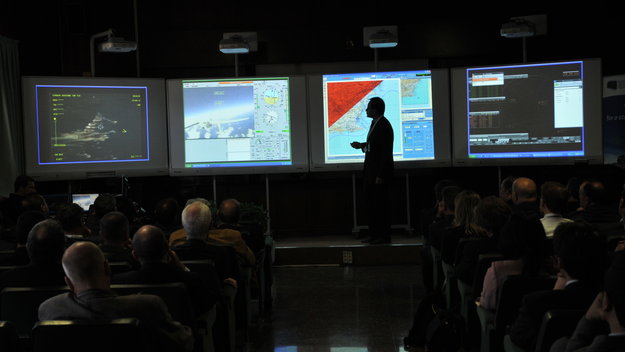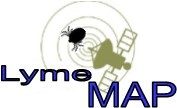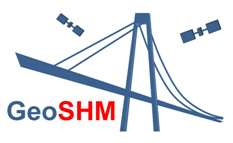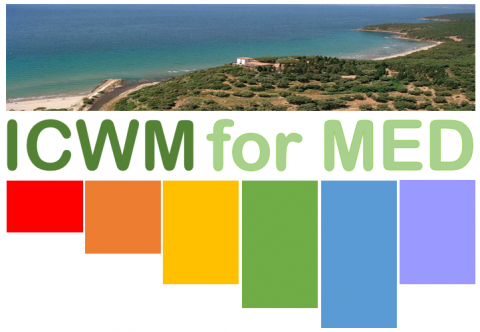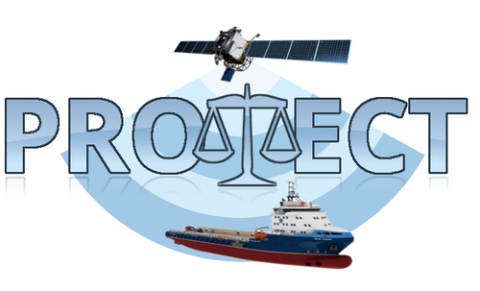Reducing the risk of bird strikes using satellite images and Ascend’s Normalised Difference Water index software (NDWI)
BROWSE PROJECTS
Based on user needs and industry skills, the evolution of customized solutions and the establishment of innovative services is accomplished through project activities. Focusing on various thematic areas, relevant information on the project activities is provided below.
SEA SEARCH
Status date: 26 January 2016
SeaSearch provides detection and identification capabilities of small vessels, agnostic to vessels’ size.
Based on the mobile phone detectors and other sensors such as radars, AIS and SAR, SeaSearch builds Maritime Situational Awareness Pictures.
Sensors are using SeaSearch own developed technology based on Software Defined Radio (SDR).
LymeMAP
Status date: 02 December 2016
Lyme Borreliosis (LB) is a rapidly growing health problem in the Highlands of Scotland. This disease, carried by ticks, is difficult to prevent because there is little information available about the risk of disease, and how to reduce it. LymeMAP integrates data from the Scottish National Lyme Borreliosis Testing Laboratory and local doctors’ surgeries with environmental data from Earth Observation satellites, to produce interactive risk maps providing information on ticks, LB and disease hot spots. For the first time in the Highlands, visitors and the local population will have access to accurate information enabling them to reduce their risk of tick bites and LB, whilst still enjoying the countryside.
PalmOilVision
Status date: 24 November 2016
PalmOilVision aims at providing the palm oil sector with innovative, reliable and cost efficient services for increasing production sustainability and efficiency, through the integration of Earth observation imagery and Remotely Piloted Aircraft Systems (RPAS).
ISSWIND
Status date: 02 November 2016
This project consists on a study to define Supporting Services for the Wind Power Industry, having in mind the possible use of space technology, assets or products and its added value, gaps and possible improvements.
XcitID
Status date: 17 October 2016
The Xcit'ID project is dedicated to design, develop and validate a pre-operational integrated service platform aiming at significantly improving the management of the transport supply chain of temperature-sensitive pharmaceutical goods.
GeoSHM
Status date: 17 June 2015
GeoSHM (GNSS and Earth Observation for Structural Health Monitoring) is a Structural Health Monitoring (SHM) system that integrates GNSS and Earth Observation technologies to offer an integrated solution for the maintenance of different types of asset.
ICWM for MED
Status date: 04 June 2015
ICWM for MED solution provides water quality monitoring and surveillance of coastal areas by integrating information from: Earth Observation, Navigation and Communication satellite assets; in situ measurements; crowdsourcing information. It intends to address the current limitations from both Earth Observation based and traditional at sea measurements methods in order to support the duties of environmental agencies and coastguard authorities.
PROTECT
Status date: 28 September 2016
The PROTECT project aims to exploit existing systems and infrastructure in conjunction with applicable space based assets to provide cost-effective added-value technology centred services that provide improved situational awareness to both on-board and shore based stakeholders, based on real-time innovative integration of piracy and sensor information/data.



